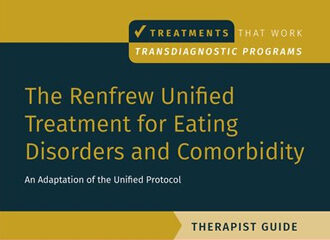Written by: Sarah Fielding
Published by: Verywell Mind

Content warning: Discussion of diet culture, weight loss, and disordered eating.
Aesthetic trends in design and fashion are in constant flux, with influence from past decades often coming back in vogue. But the return of trends like maximalism or mid-century modern decor is very, very different from the toxic return of a once “popular” body type.
This discussion on social media sparked a recent tweet by the New York Post, “Bye bye booty: Heroin chic is back.” with an accompanying article about how the very thin body type that was prevalent in the 90s and early 2000s (think Kate Moss and borderline emaciated supermodels) has returned.
There are so many problems with this that it’s challenging to determine where to even begin. One is the issue of promoting an often unrealistic and even dangerous physique. Then there’s the glamorization of drug use and the toxic idea of body types as trends.
Ultimately, it’s a shame that this behavior is allegedly making a comeback, despite the progress of the body positivity movement and shifting narratives around women’s bodies. And, if it’s not obvious, even the speculation around these trends is potentially triggering and harmful to individuals with eating disorders and other appearance-centric mental health conditions.
“For those struggling with an eating disorder, the mere sight of a headline or a triggering term can easily heighten anxiety and strengthen urges to restrict, binge, or purge,” explains Dr. Samantha DeCaro, PsyD, director of clinical outreach and education at The Renfrew Center, eating disorder treatment centers.
Click Here to view the full article.



